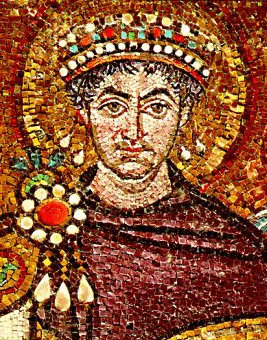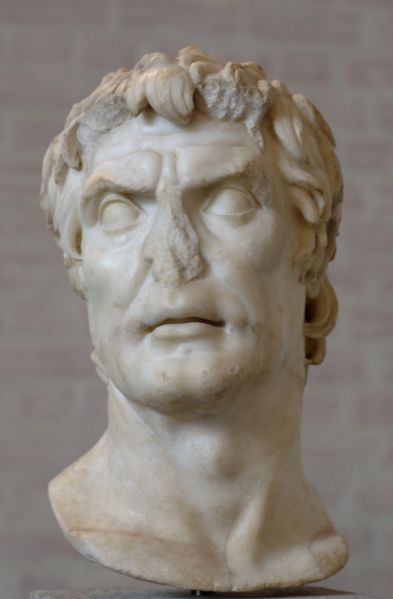The Acropolis of Athens
View of the Acropolis from the Agora. View of the Acropolis. The Acropolis, the citadel of Athens, was primarily used as a sanctuary and refuge in ancient times. Built on hard limestone which rises from the Athenian landscape at around 150 metres above sea level, the sun-baked rock has gone through numerous constructions and demolitions from the Bronze Age to the 19th century. During the 5th century B.C. the Acropolis became a key part of the Golden Age of Pericles, a time when democracy was born and exercised as well as a time of great architectural and artistic accomplishments. The acropolis became indeed the focus of Pericles' rebuilding of the city and under the direction of the great Pheidias, the Propylea, the Parthenon and the Erehthion were copmpleted in the second half of the 5th century B.C. which can still be seen today, albeit in ruins and in the process of being meticulously restored by the Greek government. Nowadays it is classified as a UNESCO World Heritage Site.



